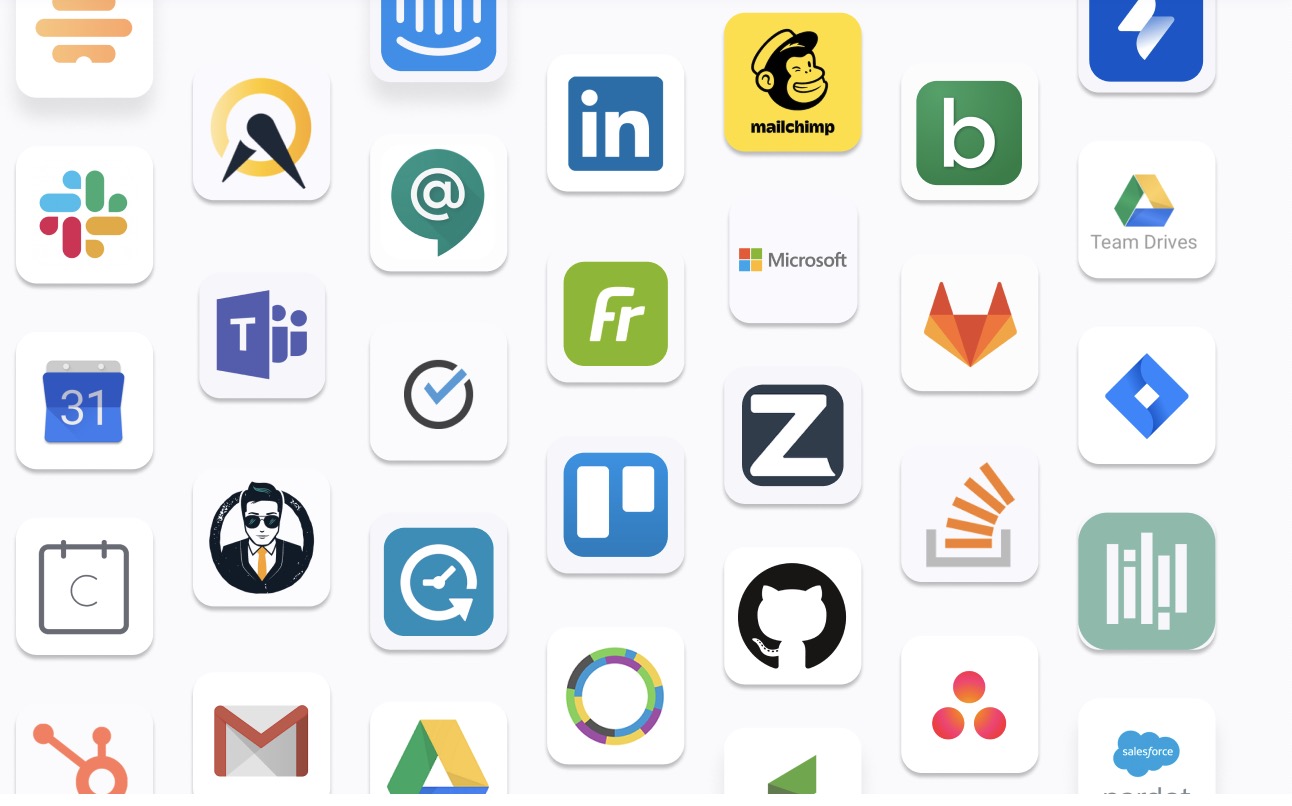This is The TechCrunch Exchange, a newsletter that goes out on Saturdays, based on the column of the same name. You can sign up for the email here.
I had a neat look into the world of mental health startup fundraising planned for this week, but after being slow-motion carpet-bombed by S-1s, that is now shoved off to Monday and we have to pause and talk about COVID-19.
The pandemic has been the most animating force for startups and venture capital in 2020, discounting the slow movement of global business into the digital realm. But COVID did more than that, as we all know. It crashed some companies as assuredly as it gave others a boost. For every Peloton there is probably a Toast, in other words.
Such is the case with this week’s crop of unicorn IPO candidates, though they are unsurprisingly weighted far more toward the COVID-accelerated cohort of startups instead of the group of startups that the pandemic cut off at the knees.
More simply, COVID-19 gave most of our recent IPOs a polite shove in the back, helping them jog a bit faster toward the public-offering finish line. Let’s talk about it.
Roblox, the gaming company that targets kids, has been a beneficiary during the COVID-19 pandemic, as folks stayed home and, it appears, gave their kids money to buy in-game currency so that their parents could have some peace. Great business, even if Roblox warned that growth could slow sharply next year, when compared to its epic 2020 gains.
But Roblox is hardly the only company taking advantage of COVID-19’s impacts on the market to get public while their numbers are stellar. We saw DoorDash file last week, crowing from atop a mountain of revenue growth that came in part from you and I trying to stay home since March. As it turns out you order more delivery when you can’t leave your house.
Affirm got a COVID-19 boost as well, with not only e-commerce spend growing — Affirm provides point-of-sale loans to consumers during online shopping — but also because Peloton took off, and lots of folks chose to finance their new exercise bike with the payment service. Call it a double-boost.
The IPO is well-timed. Wish falls into the same bucket, though it did hit some supply-chain and delivery issues due to the pandemic, so you could argue it either way.
Regardless, as we have seen from global numbers, COVID-19 is very much not done wreaking havoc on our health, happiness, and ability to go about normal life. So the trends that this week’s S-1s have shown us still have some room to run.
Which is irksome for Airbnb, a unicorn that was supposed to have debuted already via a direct listing, but instead had to hit pause, borrow money, lay off staff, and now jog to the startup finish line with less revenue in this Q3 than the last. In time, Airbnb will get back to full-speed, but among our new IPO candidates it’s the only company net-harmed by COVID-19. That makes it special.
There are other trends to keep tabs on, regarding the pandemic. Not every software company that you might expect to be thriving at the moment actually is; Workday shares are off 8% today as I write to you, because the company said that COVID-19 is harming its ability to land new customers. Here’s its CFO Robynne Sisco from its earnings call
Keep in mind, however, that while we have seen some recent stability in the underlying environment, headwinds due to COVID remains particularly to net new bookings. And given our subscription model, these headwinds that have impacted us all year will be more fully evident in next year’s subscription revenue weighing on our growth in the near-term.
Yeesh. So don’t look at recent IPOs and think that all things are good for all companies, or even all software companies. (To be clear, the pandemic is a human crisis, but my job is to talk about its business impacts so here we are. Hugs, and please stay as safe as you can.)
Market Notes
There was so much news this week that we have to be annoyingly summary.
I caught up with Brex CEO Henrique Dubugras the other day, giving The Exchange a chance to parse what happened to the company during the early COVID days when the company decided to cut staff. The short answer from the CEO is that the company went from growing 10% to 15% each month, to seeing negative growth — not a sin, Airbnb saw negative gross bookings for a few months earlier this year — and as the company had hired for a big year, it had to make cuts. Dubugras talked about how hard of a choice that was to make.
Brex’s business rebounded faster than the company expected, however, driven in part by strong new business formation — some data here — and companies rapidly moving into the digital realm and moving to finance systems like Brex’s.
Looking forward, Dubugras wants to expand the pool of companies that Brex can underwrite, which makes sense as that would open up its market size quite a lot. And the company is as remote as companies are now, with its CEO opening up during our chat about the pros and cons of the move. Happily for the business fintech unicorn, Dubugras said that some of the negatives of companies working more remotely haven’t been as tough as expected.
Next up: Growth metric. Verbit, a startup that uses AI to transcribe and caption videos, raised a $60 million Series C this week led by Sapphire Ventures. I couldn’t get to the round, but the company did note in its release that it has seen 400% year-over-year revenue growth, and that its “revenue run-rate [has] grown five-fold since 2019.” Nice.
Jai Das led the round for Verbit, and, in a quirk of good timing, I’m hosting an Extra Crunch Live with him in a few weeks. (Extra Crunch sub required for that, head here if you need one. The discount code ‘EQUITY’ should still be working if it helps.)
Telos, a Virginia-based cybersecurity and identity company went public this week. It fell under our radar because there is more news than we have hands to type it up. Such is the rapid-fire news cycle of late 2020. But, to catch us both up, Telos priced midrange but with an upsized offering, valuing it around $1 billion, according to MarketWatch.
After going public, Telos shares have performed well. Cybersecurity is having one hell of a year.
Turning back to our favorite topic in the world, SaaS, ProfitWell’s Patrick Campbell dropped a grip of data on the impact of COVID-19 on the B2B SaaS market. Mostly it’s positive. There was a hit early on, but then growth seems to have accelerated. Just keep in mind the Workday example from earlier; not everyone is in software growth paradise as 2020 comes to a close.
And, finally, after Affirm released its S-1 filing, competing service Klarna decided it was a good time to drop some performance data of its own. First of all, Klarna — thanks. We like data. Second of all, just go public. Klarna said that it grew from 10 million customers in the United States to 11 million in three weeks, and that the second statistic was up 106% compared to its year-ago tally.
Affirm, you are now required by honor to update your S-1 with even more data as an arch-nerd clapback. Sorry, I don’t make the rules.
Various and Sundry
- Robinhood is no longer going to have no CEO two CEOs, it will now have one CEO. Good, The TechCrunch Exchange approves of all things IPO-prep.
- And speaking of Robinhood, this week The Exchange tried to figure out how much it grew in Q3. The answer? Not as much as it grew in Q2.
- Lime is profitable now? Mostly. What a turnaround.
- Bird wants to take flight via a SPAC. We have our doubts.
- Thank you, Google Chrome team.
- SaaS VCs are still super bullish on software growth, as Bessemer’s Byron Deeter made clear this week.
- This is what I look like when I am asleep.
Alright, that’s enough of all that. Chat to you soon, and I hope that you are safe and well and good.
https://ift.tt/eA8V8J How the pandemic drove the IPO wave we see today https://ift.tt/35PO78U



































